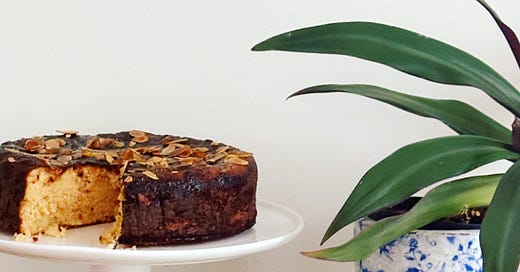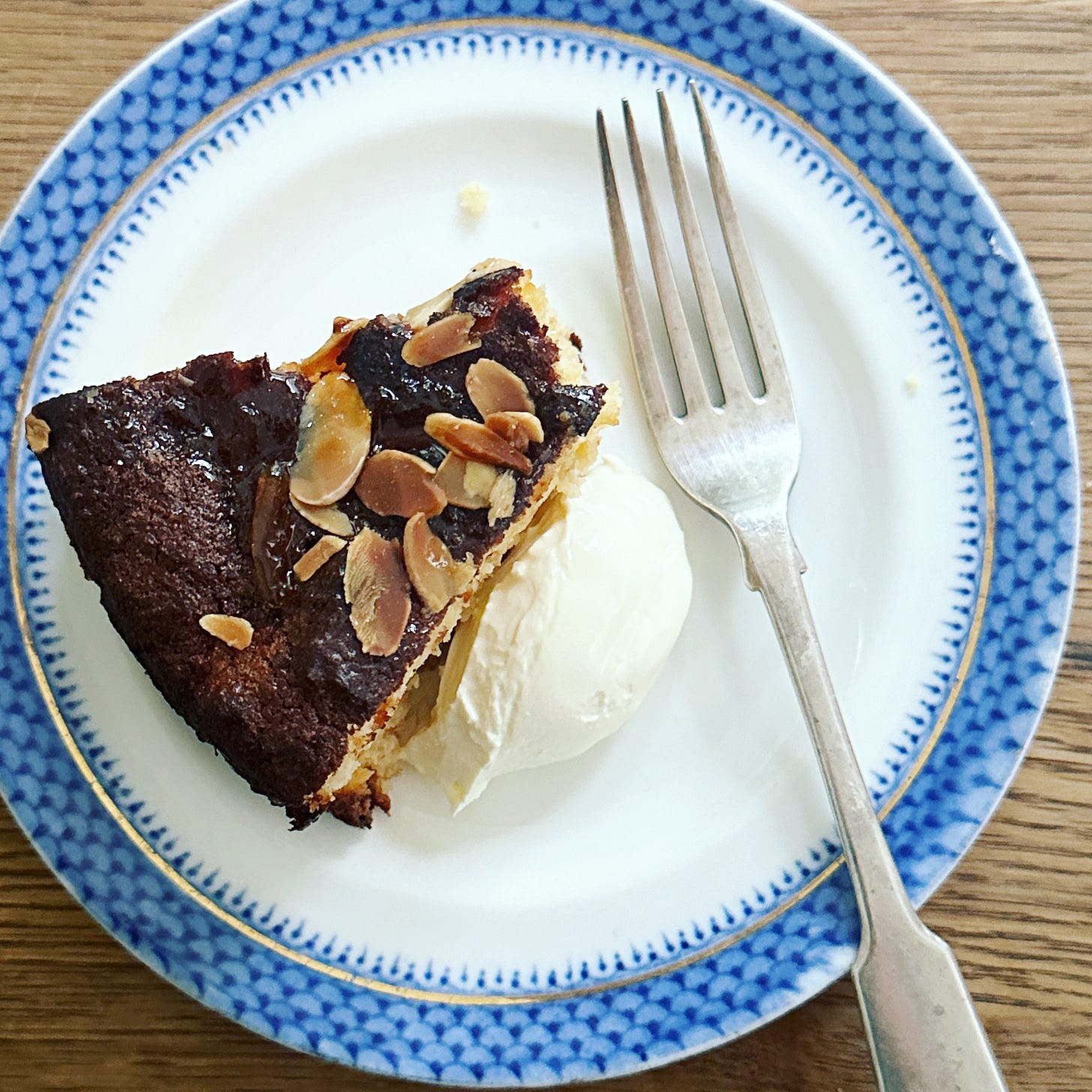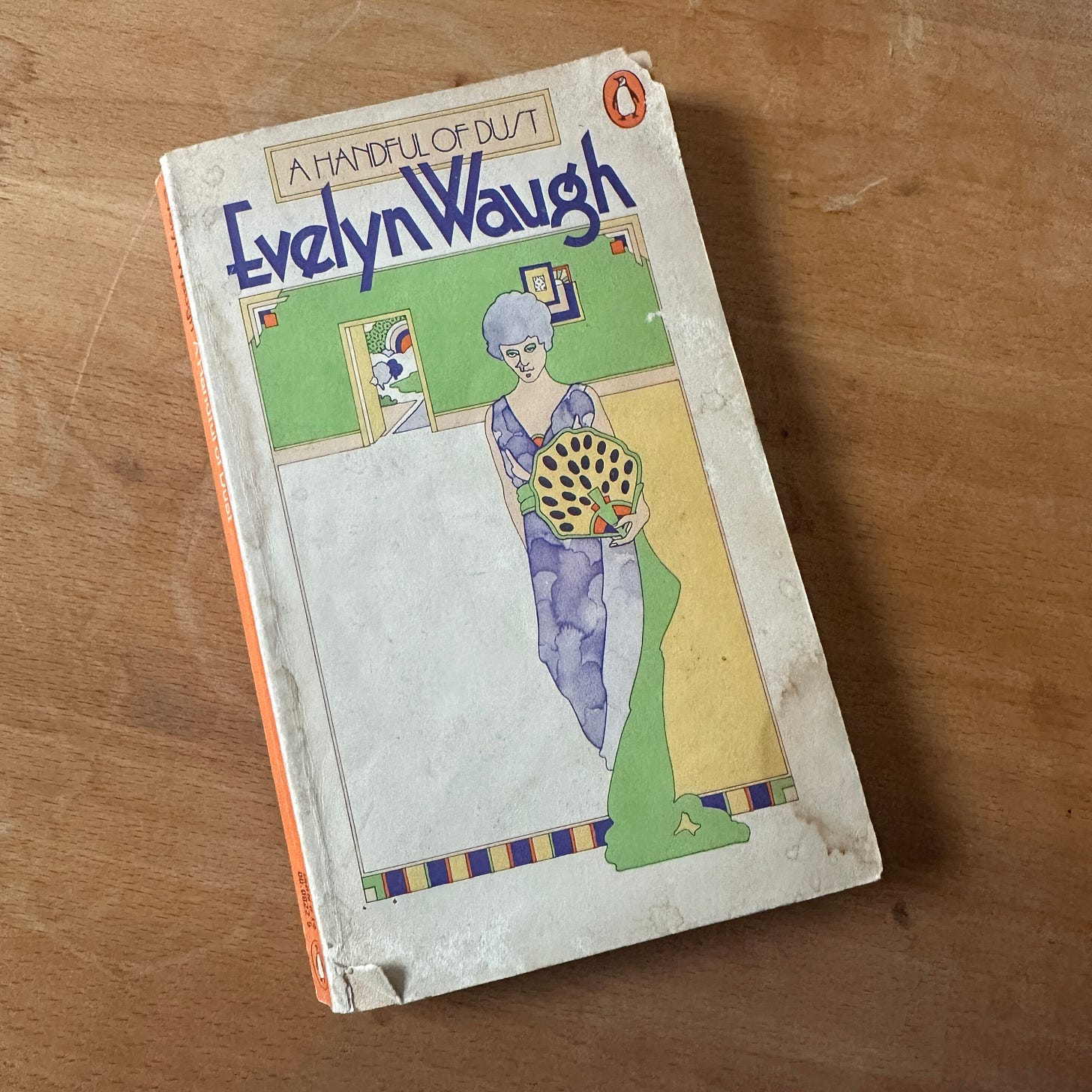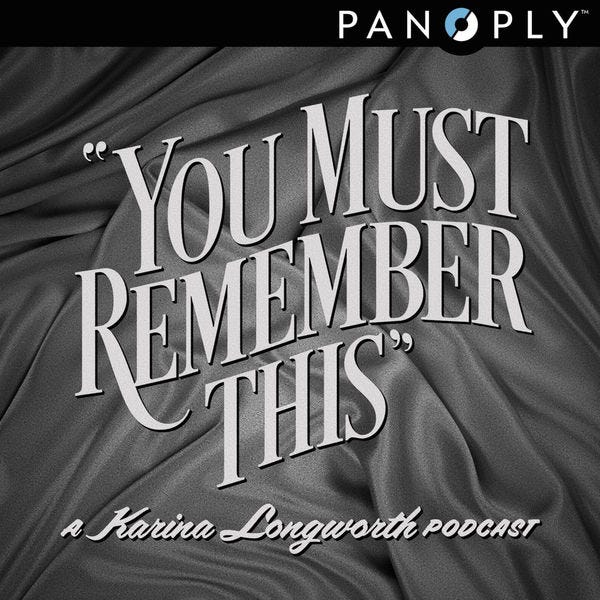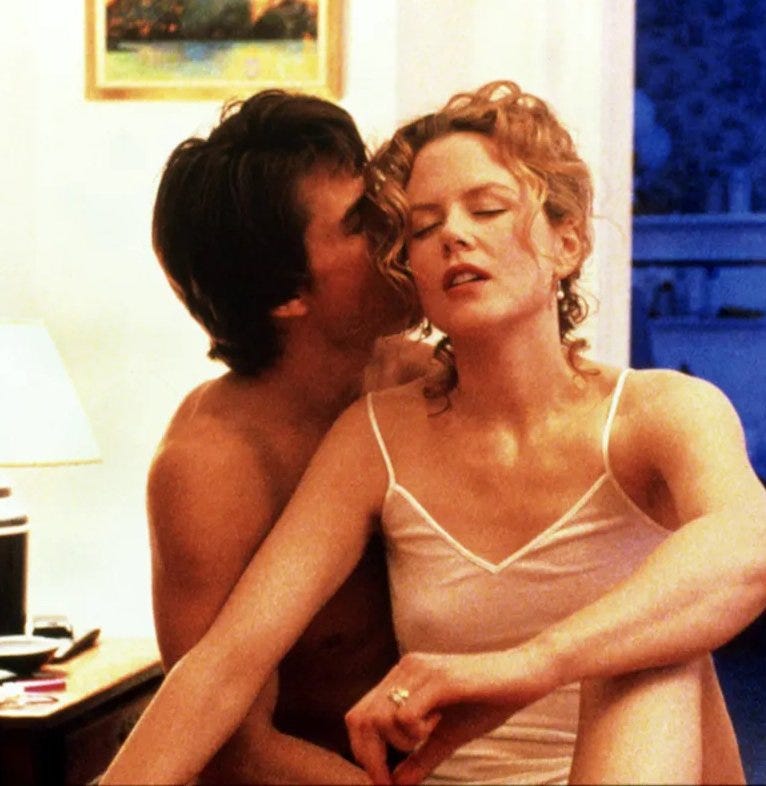In Good Taste #23: Preserved Lemon Cake
Sweet uses for preserved lemons; a very lemony lemon cake; feeling Waugh torn
Well, hello there! How are you?
Good I hope. Thank you so much for being here.
I am fine but just got my mugs mixed up and took a swig of yesterday’s cold tea. Gah! Serves me right for failing to clear my desk I suppose.
Anyway. Next week we’ll be a month out from Christmas so I’m going to bring you a small gift guide and we’ll start on some festive ferments that it might be useful to have on hand to go alongside leftovers, cheeseboards etc.
But today I’m going to keep things (mercifully?) brief and move right along to the third and final part of this miniseries on cooking wth preserved lemons. (Part one was salad dressings and part two pasta.) It’s a subject we’ll definitely return to as I’ve got a lot more recipes but for now we’re going to finish things up with dessert.
Preserved lemons in sweet dishes
It was my friend Hadia (a pastry chef-turned-cheesemonger) who turned me onto the idea of using preserved lemons in sweet dishes. After a conversation with her a few years back I made a preserved lemon buttercream for a pistachio cake and it was a perfect combination.
It makes sense when you think about it. Most cake recipes require a pinch of salt as it rounds out sugar sweetness, making it less one-note and cloying. And the rise and rise of salted caramel tells us that people love a salty edge to their desserts.
As well as that preserved lemon buttercream, I’ve also made lovely truffles by stirring preserved lemon paste into a white chocolate and cream ganache. My general advice when it comes to preserved lemons is that you can use them wherever you’d use a normal lemon in a recipe and I think that still applies when it comes to sweets. Just sub in preserved lemon paste for zest.
Today we’re going for an intensely lemony cake. A double duty bake that works as a teatime pick-me-up or as dessert with a spoonful of crème fraîche on the side. I think of this sort of thing as as a “fork cake” since it’s best eaten with cutlery rather than shoved straight in the mouth. Probably the only time the tiny forks get an outing in this house which always makes me feel very civilised.
This is a version of Claudia Roden’s famous boiled orange cake which she says has its origins in Aleppo. You make it with whole oranges, skin and all, boiled and puréed. I first encountered it via a version in Felicity Cloake’s always excellent Perfect column which improves on the original with the introduction of a sticky syrup soak. It’s a great cake. Not too sweet, gluten free since it’s made with almonds and keeps fresh for ages.
I used to make cakes for The Goods Office, a local cafe and my version of the orange cake was always a bestseller. Here’s the thing though: you don’t have to do it with oranges. I’ve made various versions, subbing in an equivalent amount of whatever puréed or stewed fruit is to hand. Rhubarb was great and here’s an apple and blackberry version done in an “upside down cake” style (click through to Instagram for the recipe).
I have it in mind to make one with poached quinces which I think will work well. But today we’re going with lemons. The original calls for two oranges but oranges are bigger than lemons so we’re going with three: two fresh and approximately one preserved. The syrup and candied fruit are optional but give them a go if you have the time.
Recipe: Preserved Lemon Cake
Makes one 20cm cake or 12 small ones
Ingredients
2 lemons
100g preserved lemon paste
6 eggs
250g caster sugar
250g ground almonds
For the syrup and candied preserved lemon
100g caster sugar
1/4 preserved lemon
1 sprig rosemary (optional)
1 lemon (juice only)
handful flaked almonds
Method
Cut the fresh lemons in half and remove the pips as best you can. Put them in a microwaveable bowl with about 50ml water and cover with clingfilm. Microwave on full for 10 mins until competely soft. (Alternatively you can keep the lemons whole and boil them for about an hour. But who has the time?)
Line a 20cm round cake tin or the dimples of a 12-hole bun tray. Set the oven to 170°C.
Put the cooked lemons in a food processor along with 100g preserved lemon paste and blitz together.
Separate the eggs, putting the yolks in one mixing bowl and the whites in another.
Add the sugar to the egg yolks and whisk until the mixture is pale and fluffy and the sugar fully dissolved (it shouldn’t be gritty if you taste a little). An electric hand whisk is easiest. Then add the lemon mixture and whisk it in, followed by the almonds.
Rinse your beaters well and whisk the egg whites to stiff peaks.
Stir a third of the egg white into the lemon-almond batter to loosen it then carefully fold in the rest, trying to retain as much air as possible. Transfer the mixture to the cake tin and smooth the top or divide between the bun cases.
Bake for 40-45 mins for a large cake or 10-15 for little ones. Either way the cake should be risen and firm, quite dark brown on the outside, and an inserted skewer should come out clean.
Meanwhile, make the candied peel and syrup (if using). Remove the pulp from the preserved lemon and chop the peel into thin slices. Put the sugar in a small pan with 100ml water and the rosemary sprig. Heat until the sugar is dissolved then add the peel. Simmer for 20 mins. If the sugar syrup begins to get stickily thick, add a little water to thin it out again.
After 20 mins add the lemon juice and reduce or dilute the mixture to a syrupy but pourable consistency.
When the cake comes out of the oven, use a skewer to poke holes all over it. Scatter over the flaked almonds and pour on the syrup and candied peel. Let it cool in the tin.
Notes (If Ifs And Ands Were Pots And Pans…)
I think this would be glorious with pistachios in place of almonds but, man, those nuts are spendy.
The syrup and candied peel are optional but particularly advised if you’re serving the cake for dessert. I put the almonds on first so the syrup can sort of glue them to the cake. You can add whatever flavourings to the lemon syrup you like (or leave it plain). The rosemary is nice but cardamom (as in Felicity Cloake’s recipe) is good too.
If you’re making little cakes you can scatter the flaked almonds over the top before baking. This won’t work so well for a big cake as it needs longer in the oven and the nuts might burn.
Cultural Fun
Do you ever get readers block? That feeling that you want to read but nothing seems to fit the bill? The idea of starting something new just feels so overwhelming.
During the lockdown times I instituted a rule that if I felt like that I would just go along the bookshelf and read the first thing I came to that I hadn’t read before. Our fiction is arranged alphabetically so I started at the end and worked backwards. (Originally I started at A but those shelves are higher and necessitate standing on a chair so after a while I got lazy and switched to the end of the alphabet.)
I recently relaxed the rule to allow re-reading which led me to pick up A Handful Of Dust for the first time in years. I loved Evelyn Waugh in my teens and twenties. In fact, when James and I started dating he referred to the bookshelves in my bedroom as “a real Waugh zone.” A joke he remains delighted with to this day. But. Well. Waugh himself didn’t hold up as well. The casually racist language was hard to get past and what struck me as mordant humour in my youth now seems bleak and misanthropic. Perhaps one loses the stomach for satire with age? AHOD was never my favourite but perhaps it’s best I leave Scoop unrevisted?
A few weeks back Karina Longworth, of the You Must Remember This podcast, brought her Erotic 90s season to a close with a two-part discussion of Stanley Kubrick’s Eyes Wide Shut. So many podcasts take the form of a two-way conversation that I find Longworth’s approach, which is just to read you a (densely-reseached and hugely well-informed) essay on Hollywood history, really refreshing.
The season (which was a continuation of the earlier Erotic 80s) was an in-depth look at sex on film throughout those decades, particularly the attempt to make serious work about sex. She called Kubrick’s final film "the end of the “cultural relevancy of the sexual revolution”. I thought it was absolutely fascinating. Since tehre’s no need to “banter” Longworth can go into real depth and put forward a proper thesis. If you like film and hearing smart, knowledgeable people talk about stuff then I highly recommend trawling her archives. Although I did find her drawlingly salacious delivery a little hard to take at first - if you can’t stand vocal fry then maybe steer clear - but I stuck with it and was glad I did.
Bye! See you soon!
In the meantime, if you felt like sharing In Good Taste with friends or family who might enjoy it, you can do so with the button below. It would mean the world to me. Thanks so much.
In Good Taste is a Sycamore Smyth newsletter by me, Clare Heal.
You can also find me on Instagram or visit my website to find information about my catering work, cookery lessons and upcoming events.


